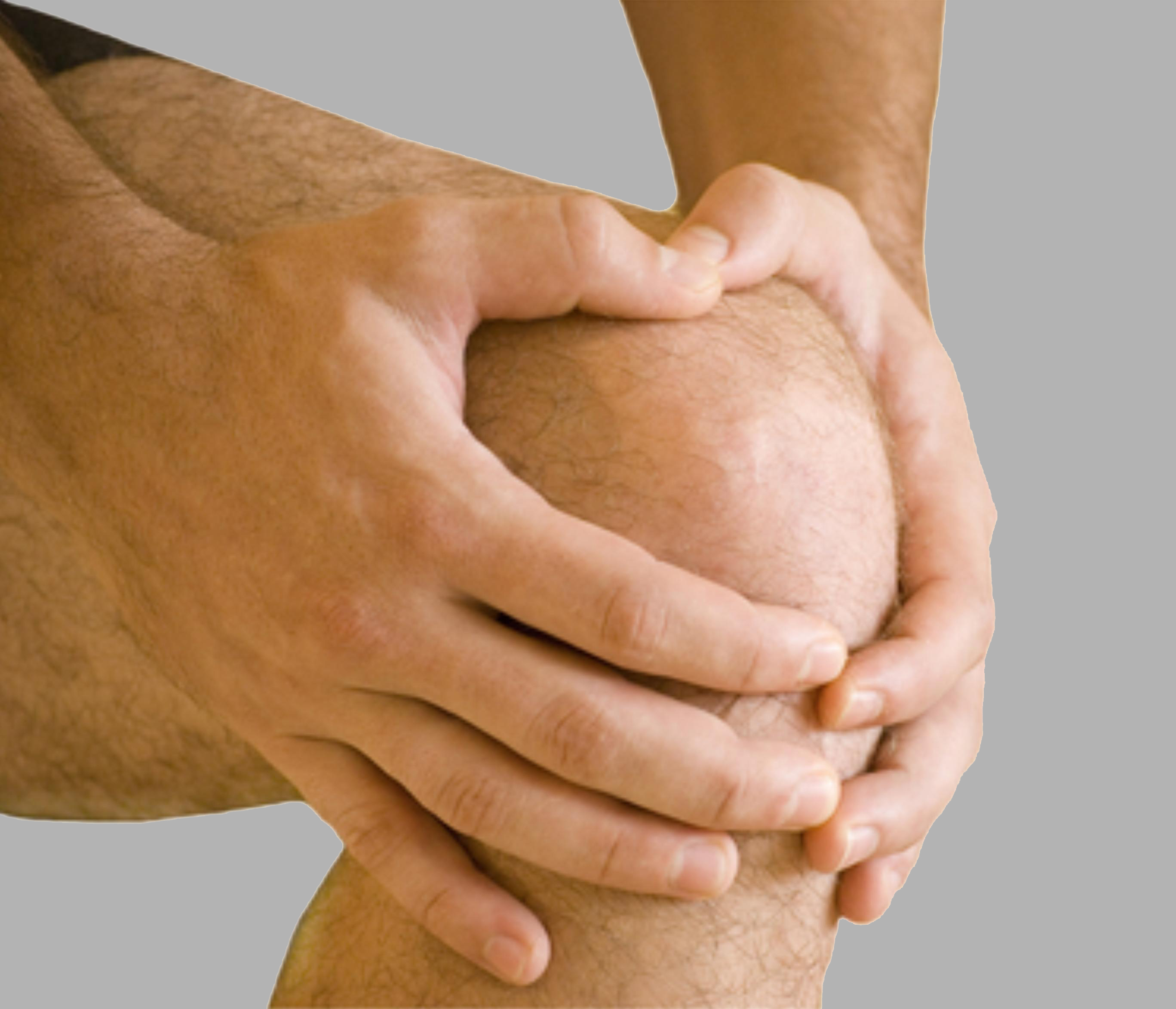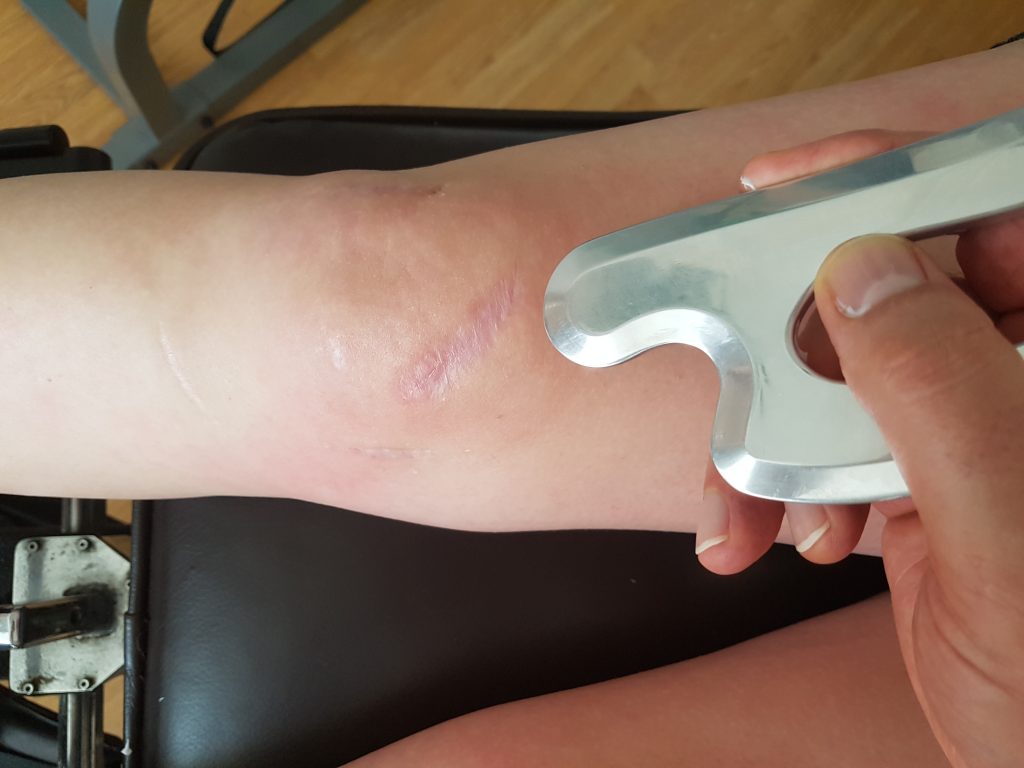SPORTING INJURIES
SPORTS INJURY TREATMENT
In 2010 Kevin Kelly opened Plymouth Sports Injury Clinic, which is located in his Peverell Chiropractic Clinic. With his background in Sports Science and Chiropractic and his specialist field of interest, the treatment of Myofascial injuries he is uniquely qualified too treat sports injuries as these tend to be specifically soft tissue injuries.
Kevin’s wife Elena Long PhD is a Sports Massage Therapist who deals with the management, manipulation and rehabilitation of primarily the muscular soft tissues of the body. She is also proficient in using Kinesio-taping for Sports injuries and spinal problems.
SPORTS INJURY
It is important to listen to your body so that you can have injuries treated before they develop fully, having regular treatment. Preventative treatment / Sports Massage can be very helpful for this, and Proprioceptive Muscle Testing – a technique which is very useful for determining areas of weakness in atheletes before these areas develop into injuries is a superb technique to use. Kevin Kelly has trained in this technique and it produces impressive results.


RUNNERS KNEE
Runner’s Knee or Patellofemoral Pain Syndrome is a cartilage irritation to the underside of the kneecap (Patella) it can cause a generalised pain under, in, and around the knee cap.
Important! Stop training if you have pain on the inside or outside of the knee immediately upon waking, which doesn’t go away as the day progresses and if running starts to aggravate your injury.
To help speed up your treatment, apply ice to the knee (try a bag of frozen peas wrapped in a damp tea towel) for around 20 minutes a few times a day. Never put ice directly on your skin!
During your treatment when exercising mildly, shorten your gait length and land with the knee slightly bent, which can take up to thirty percent load off the joint. Keep your knee moving correctly by strengthening your knee’s support muscles the quads and gluts with exercises like lateral side steps and squats. It’s also important to stretch your hip flexors.
Important! Stop training if you have pain on the inside or outside of the knee immediately upon waking, which doesn’t go away as the day progresses and if running starts to aggravate your injury.
ACHILLES TENDONITIS
Achilles Tendonitis is a chronic common injury which is often an overuse injury, the Achilles tendon is the largest tendon in the body and can become damaged if you step up their training too quickly, this may damage the tendon or cause a tightening of the calves which causes undue tension in the achilles tendon.
The Achilles tendon connects the two major calf muscles to the back of the heel, this tendon may tighten and becomes irritated (tendinitis). If you have any pain during or after running you need to stop. Do not attempt to train through this injury. If you keep training as usual, you may increase your risk of Achilles tendon rupture.
For the rehabilitation apply ice up to five times a day (never put ice on bare skin) for 20 minutes. Strengthen the calves with eccentric heel drops: stand with the balls of your feet on a step; rise up on your strong foot, once up, take your stronger foot off the step and lower down on your injured foot, dropping your heel below the step. Rise back up, return your other foot to the step. Do 20 times. Pool-run, use a cross-trainer, and swim (not Breast stroke), but avoid cycling unless it’s not painful.
Important! Avoid too many calf stretches, It can also occur if a different type of footwear is used altering the normal lower leg biomechanics such as wearing flip-flops and high heels, all of which can irritate the Achilles. Stop, if you have severe pain and swelling above your heel, even when not running, or standing up on your toes causes pain. If the injury does not heal it can form a tendonosis of the achilles tendon, this is more serious but can be treated in our clinic with IASTM (Instrument assisted soft tissue mobilisation), myofascial release and specialised exercises.

SHOULDER INJURIES
These may be overuse injuries or, as is more common strains to the muscles and tendons of the shoulder. Impingement Syndrome is a term often thrown around to describe a lot of shoulder conditions, 90% of these are incorrectly diagnosed and are normally easily treated with the techniques mentioned below. The rotator cuff (consisting of four muscles in total) is also the primary support structure for the shoulder as the shoulder is an atypical ball and socket joint, having a very shallow socket which offers little support or protection. Therefore even minor strains to these muscles can cause dysfunction creating significant pain and disability including shoulder pain, arm weakness, and decreased sports performance.
Treatment normally consists of Myofascial release, Instrument Assisted Soft Tissue Mobilisation (IASTM), muscle balancing, shoulder mobilisation (see video below) and Kinesio-taping.
